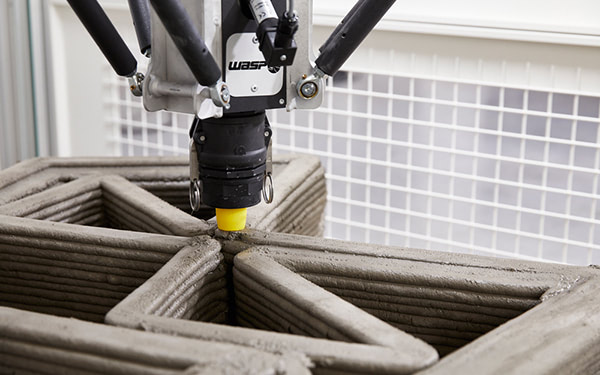Cement and concrete are two of the most widely used resources in the world, second only to water, and their demand is expected to increase in the coming decades. The production of cement contributes to 8% of global CO2 emissions, with over 50% caused by chemical processes during calcination.

A recently published article in Nature’s Communications Engineering has stated that C3DP (construction 3D printing) may offer a solution to this problem of excessive CO2 production, and has highlighted five policy actions that can guide C3DP toward becoming an emission abating tool.
The five policy actions are as follows:
- Continuation of research and development funding for C3DP to improve mechanical strength, durability, and performance. Funding for sustainable 3D printable cementitious mixtures and structural design optimization.
- Establishment of open-sourced repositories for sharing data on environmental metrics and commissioning of large-scale demonstration projects.
- Development of material standards and updates to building codes to include safe and replicable C3DP printing protocols.
- Commissioning of publicly funded construction projects using C3DP and establishment of private-public sustainability partnerships.
- Incentives for cement producers to increase production of 3D printable cementitious mixtures and construction firms to increase uptake of C3DP with a focus on sustainability.
You can read the article in full, in Communications Engineering, over at this link.
Come and let us know your thoughts on our Facebook, Twitter, and LinkedIn pages, and don’t forget to sign up for our weekly additive manufacturing newsletter to get all the latest stories delivered right to your inbox.









